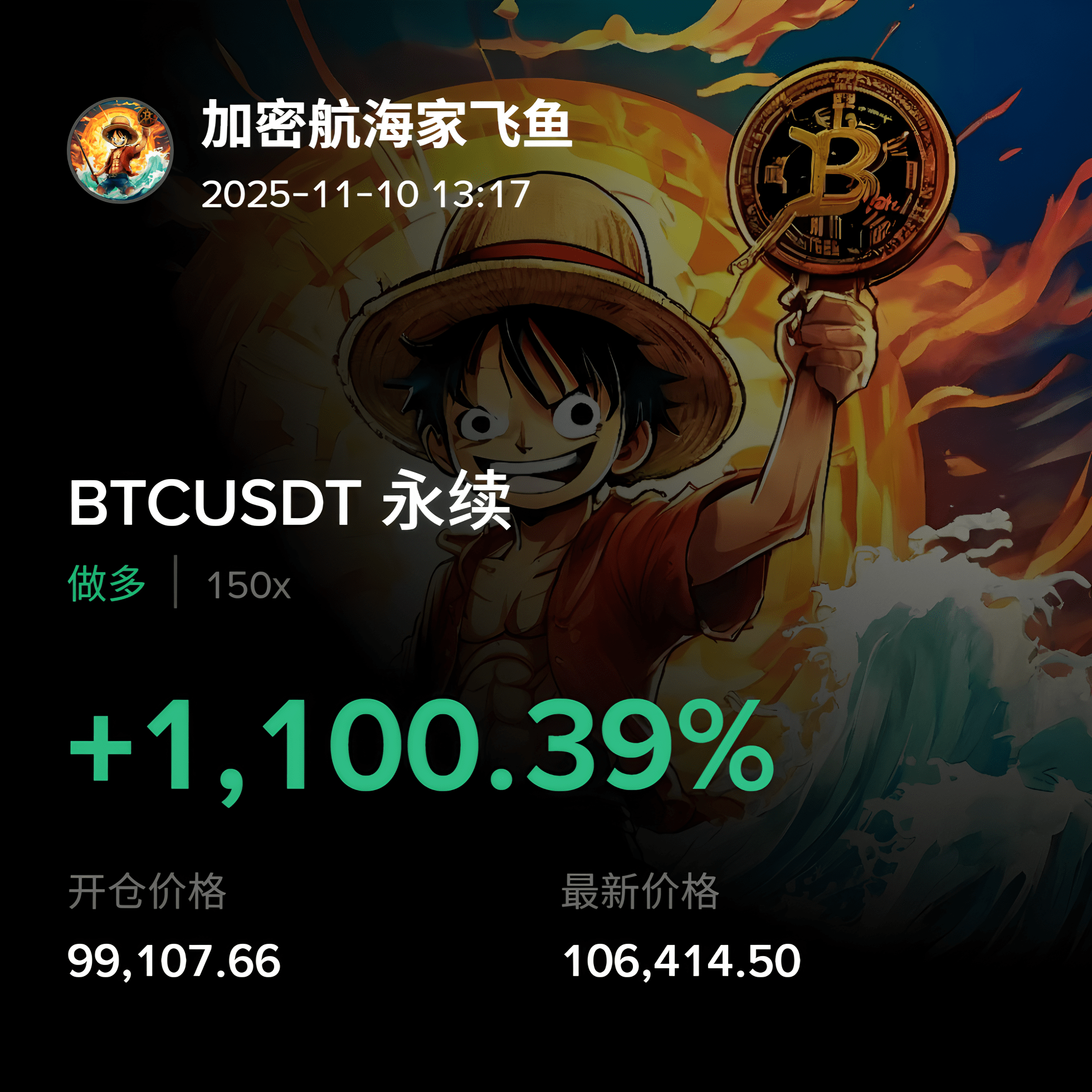
The U.S. government shutdown is nearing its end, but the continued absence of economic data keeps the market in a state of 'navigational failure,' with interest rate volatility and uncertainty expected to remain high.

📊 Progress of the shutdown and the current state of the market
On November 9, local time, the U.S. Senate passed a temporary funding bill, which was approved by a vote of 60 to 40, providing funding for the government until January 30, 2026, marking the near end of a record 40-day government shutdown. President Trump expressed optimism, stating, 'It looks like we are very close to ending the shutdown.' However, Simon Ballard, chief economist at First Abu Dhabi Bank, pointed out that despite progress in ending the government shutdown, the market will remain in a state of lack of navigation as long as mainstream economic data continues to be absent.
This is the longest government shutdown in U.S. history, which has led to interruptions in the release of key economic data, including the non-farm payroll report and CPI data, traditional market barometers. Analysts believe that even if the government resumes operations, normalizing the data release system will take time, and the market may continue to navigate in an information vacuum. This leaves investors directionless and highly susceptible to short-term headline risks.

💼 Impact on Fed policy
The Fed highly relies on official economic statistics collected and released by the government when formulating monetary policy. However, the ongoing 40-day government shutdown has severed the Fed's access to these crucial data, putting policymakers in a "blind judgment" predicament. In the absence of government data, Fed officials have to turn to alternative data sources to gauge the state of the labor market and consumer spending.
This data vacuum poses significant challenges for the Fed's interest rate decisions. Fed Vice Chairman Philip Jefferson pointed out that due to the government shutdown, official economic data may be missing, leaving policymakers with more uncertainty when assessing economic conditions. Ballard anticipates, "In the foreseeable future, interest rate volatility and uncertainty will remain high." The market also shows differing expectations regarding the Fed's rate cut probability in December; according to the CME's "Fed Watch" tool, the probability of a 25 basis point rate cut in December is 66.5%.

🌐 Historical comparisons and market response patterns
Historical data shows that the duration of government shutdowns has a nonlinear relationship with their economic impact. Short-term shutdowns (within 1 week) tend to have limited economic effects, while shutdowns exceeding 2 weeks can incur significant economic costs. The 2025 shutdown has entered its 40th day, and its negative economic impact is accelerating.
From the market response pattern, in the early stages of a shutdown, the market often remains relatively calm, believing that both parties will quickly find a solution. However, as the shutdown persists, volatility tends to rise gradually. When signs of resolution emerge, the market typically rebounds rapidly. On November 9, 2025, when Trump stated, "It looks like we are very close to ending the 'shutdown'," the market reacted positively, with Nasdaq futures rising 1.2% during the Asian trading session and S&P 500 futures up 0.7%.
Different asset classes perform variably during shutdowns. As a traditional safe-haven asset, gold performed remarkably during the 2025 shutdown, breaking through the $4,000 mark. Cryptocurrencies also exhibited unique trends, with Bitcoin rising to around $106,400 as the shutdown approached resolution, and Ethereum above $3,600.
🔮 Investment strategy recommendations
Based on analysis of previous government shutdowns, investors may consider the following strategies:
• Short-term strategy: For short-term investors, a buy-the-dip strategy can be adopted during the government shutdown, especially when signs of resolution appear. History shows that markets often perform well in the initial period after a shutdown ends. In terms of asset allocation, consider increasing exposure to safe-haven assets like gold.
• Medium to long-term strategy: For long-term investors, government shutdowns may provide opportunities to buy quality assets. Focus on stocks with strong fundamentals that have been wrongly punished in the short term, especially in sectors like technology and healthcare that are less affected by short-term fiscal fluctuations.
• Risk prevention: Establishing a risk prevention mechanism is crucial. Investors should closely monitor key moments and maintain a diversified portfolio, including different asset classes, sectors, and regions, to mitigate the impact of political risks such as government shutdowns. Additionally, dynamically adjust investment strategies based on the duration and depth of the shutdown.
The U.S. government shutdown, a product of political maneuvering, has both short-term and deep-seated effects on financial markets. Understanding its historical patterns and impact mechanisms not only helps investors avoid risks amid volatility but also discover opportunities in crises.
